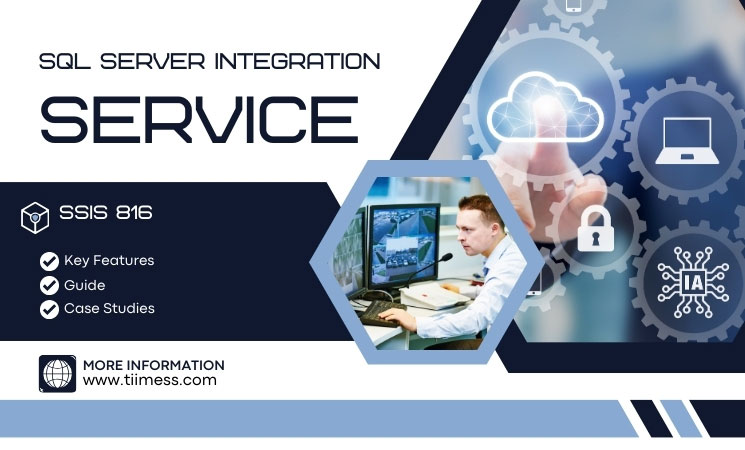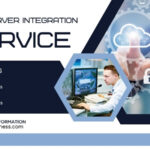In the ever-evolving landscape of data management, efficiency and scalability are paramount. Enter SSIS 816, a cornerstone technology in the realm of data integration, offering robust solutions to complex data challenges. This guide will navigate you through the intricacies of SSIS 816, providing insights into its capabilities, features, and how it stands as a beacon of efficiency in data integration tasks. Our journey is aimed at both beginners and seasoned professionals seeking to enrich their understanding and leverage SSIS 816 in their data management strategies.
What is SSIS 816?
SSIS, or SQL Server Integration Services, is a platform for building enterprise-level data integration and data transformations solutions. The “816” suffix often refers to a specific version or a reference in technical documentation, denoting enhancements or particular configurations in SSIS. For our purposes, “SSIS 816” symbolizes the advanced capabilities and features that have evolved within SSIS to address and streamline complex data integration needs.
Key Features of SSIS 816
SSIS 816 shines with its array of features designed to simplify data integration, making it an indispensable tool for data professionals. Here’s what sets SSIS 816 apart:
- Robust Data Integration Capabilities: Easily aggregate data from disparate sources, ensuring seamless data flow and synchronization across platforms.
- Enhanced ETL Processes: With its powerful Extract, Transform, Load (ETL) capabilities, SSIS-816 jav facilitates the efficient processing and transformation of data, readying it for analysis and reporting.
- Data Warehousing Solutions: SSIS 816 excels in building and managing data warehouses, offering scalable solutions for data storage and retrieval.
- Advanced Data Cleansing: Improve data quality by identifying and correcting data inconsistencies, ensuring the reliability of your data insights.
Navigating SSIS-816 jav: A Step-by-Step Guide
Delving into SSIS 816, you’ll find its environment rich with tools and features designed to tackle a wide range of data integration tasks. Here’s how you can get started:
Understanding the SSIS Environment
First, familiarize yourself with the SSIS development environment, typically accessed via SQL Server Data Tools (SSDT). This integrated environment allows for the creation, debugging, and deployment of SSIS packages.
Creating Your First SSIS Package
- Start a New Project: Open SSDT and create a new Integration Services project.
- Design Your Package: Utilize the drag-and-drop interface to design your ETL process. This involves defining data sources, transformations, and destinations.
- Configure Data Flow: Set up the data flow tasks, specifying the data extraction, transformation, and loading parameters.
- Debug and Deploy: Test your SSIS package for errors and deploy it to the SQL Server for execution.
Advanced Features
- Parameterization: Enhance package flexibility by using parameters to pass values at runtime.
- Logging: Implement logging features to monitor package execution and troubleshoot issues.
- Error Handling: Utilize error output configurations in data flow components to manage data inconsistencies gracefully.
Best Practices for SSIS 816 Implementation
Maximizing the potential of ssis-816 jav involves adhering to best practices that streamline data integration processes:
- Modular Design: Build your SSIS packages with reusability in mind, facilitating easier maintenance and updates.
- Performance Tuning: Regularly assess and optimize package performance, focusing on data flow efficiency and resource utilization.
- Security Measures: Implement robust security protocols, including encryption and secure package storage, to protect sensitive data.
Conclusion
SSIS-816 emerges as a powerful ally in the world of data integration, offering a blend of efficiency, scalability, and versatility. By understanding its core features, mastering its environment, and adhering to best practices, data professionals can unlock new levels of data management proficiency. Whether you’re orchestrating simple data migrations or complex ETL workflows, SSIS 816 provides the tools and capabilities to navigate the data landscape with confidence.
SEO Meta Description: Dive into SSIS 816 and master data integration with our comprehensive guide. Learn about SSIS-816 features, steps for creating packages, and best practices.









